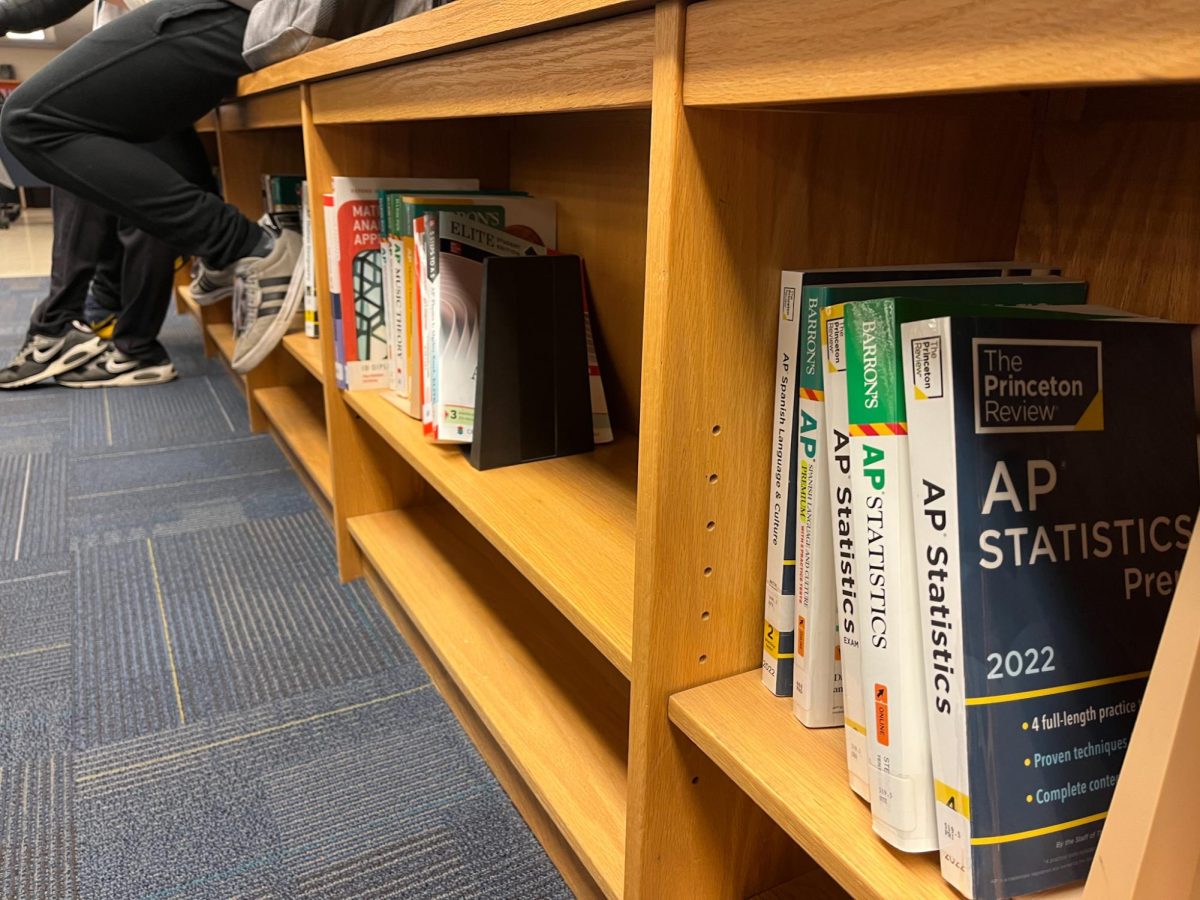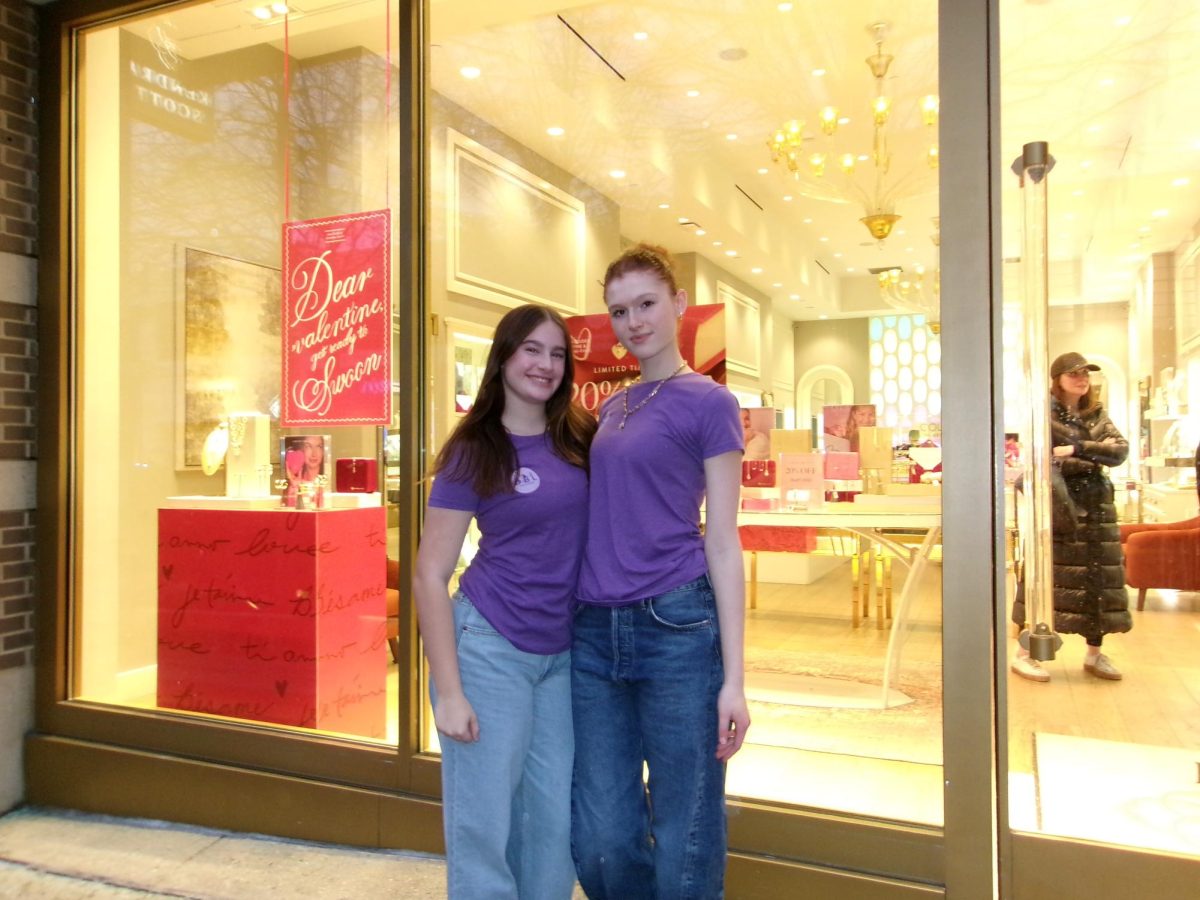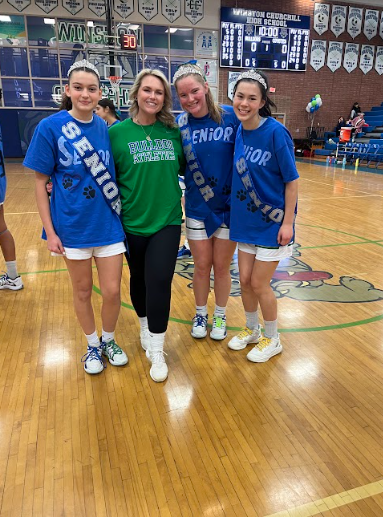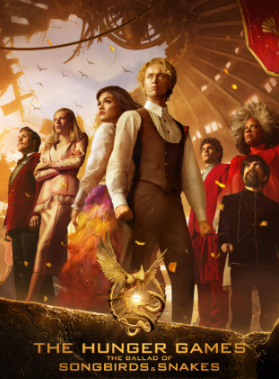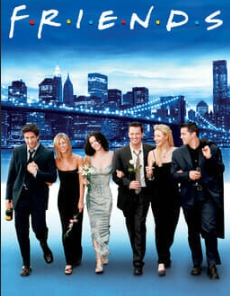In India, where I lived for the first 13 years of my life, the daily newspaper has a section for horoscopes that can predict a person’s day, including lucky colors, lucky numbers and what activities are considered suitable for that day. Couples commonly meet with astrologers to decide whether their horoscopes are compatible and to settle on an acceptable day to get married.
After I moved to the United States, I got used to checking the newspaper for the less informational, American horoscopes. However, the recent uproar about the new thirteenth zodiac sign brought back memories of the many times my lucky colors and numbers had failed me. Was I not acing my tests because I was actually a Leo and not a Virgo? Was I meant to be extroverted instead of timid and shy? I decided to investigate the new sign and its origins.
The birth of astrology is usually credited to the Babylonians, who used their astrological charts to predict recurring seasons and events, such as the appearance of comets.
Early astrologers tracked the sun’s progress through the 12 months and identified 12 constellations it passed through. These constellations were groups of stars that were linked to the seasons, which eventually developed into the currently used zodiac signs: Aries, Sagittarius, Leo, Cancer, Scorpio, Pisces, Libra, Aquarius, Gemini, Capricorn, Taurus and Virgo.
According to the Minnesota Planetarium Society, a new zodiac sign, Ophiuchus, should be included in this list due to “precession,” the phenomenon of the moon’s gravitational pull that causes the earth to wobble on its axis and creates a one-month misalignment in the zodiac chart.
However, other astrologers, such as Tarot.com’s Jeff Jawer, challenged this idea. In an interview with CNN.com, Jawer claimed that the idea of precession and the thirteenth sign was not new. Indeed, a story in a 1970 issue of Time reports the addition of two new signs, Ophiuchus and Cetus, into the zodiac chart.
“Ophiuchus is not a new sign,”astronomy teacher Clint Sanford said. “It has been noted as part of Ptolemy’s book of 48 constellations since the ancient Roman times. Astronomers have known [about precession and Ophiuchus] for many years. Astrologers have seemed to just wake up to it.”
According to an article by astrologer Eric Francis, on his website, PlanetWaves.net, the confusion over the different signs began because of the different zodiacs used by Western and Indian astrologers.
The Western, or tropical, zodiac follows the seasons, while the Indian, or sidereal, zodiac follows the position of constellations. The 23 degree offset between the charts leads to a misalignment of the 12 zodiac signs, but does not necessarily justify a thirteenth sign.
Other charts, such as the Chinese zodiac, also use 12 main signs identified by the year of birth, but there are many other signs based on the month, day and hour of birth.
In his article, Francis claimed that using Ophiuchus as the ignored thirteenth sign of the zodiac was a hoax developed by late science fiction author John Sladek in his novel, Arachne Rising. In a 1982 interview, Sladek even said that he had written the novel and its sequel The Cosmic Factor as “jokes.”
“Like most constellations, Ophiuchus is based on Greek/Roman mythology,” Sanford said. “A man is represented holding a serpent or a snake relating to the nearby non-zodiacal ‘Serpens’ constellation.”
According to the-red-thread.net, an astrology website run by writer Betty Rhodes, if Ophiuchus were to be included in the zodiac, it would occur from November 30 to December 17. People born under this sign would be interpreters of dreams and premonitions and favored by authority figures.
“My sign apparently changed, but I don’t believe that,” senior Mariah Healy said. “I still think I’m a Gemini.”
No matter what sign we are, all the drama has just shown that nonbelievers and believers alike, we all look at our horoscopes for the same reason – to try and find some sense of certainty about what will happen to us in the future.
“My guess is that some people take comfort in thinking that there is some kind of a ‘higher power’ that can make sense or establish some order in their lives,” Sanford said. “Or it’s just fun to see what the future may be.”
Categories:
New zodiac sign causes frenzy, influence crosses world
By By Bhaavya Srivastava
Staff Writer
March 1, 2011
Story continues below advertisement
0
More to Discover



